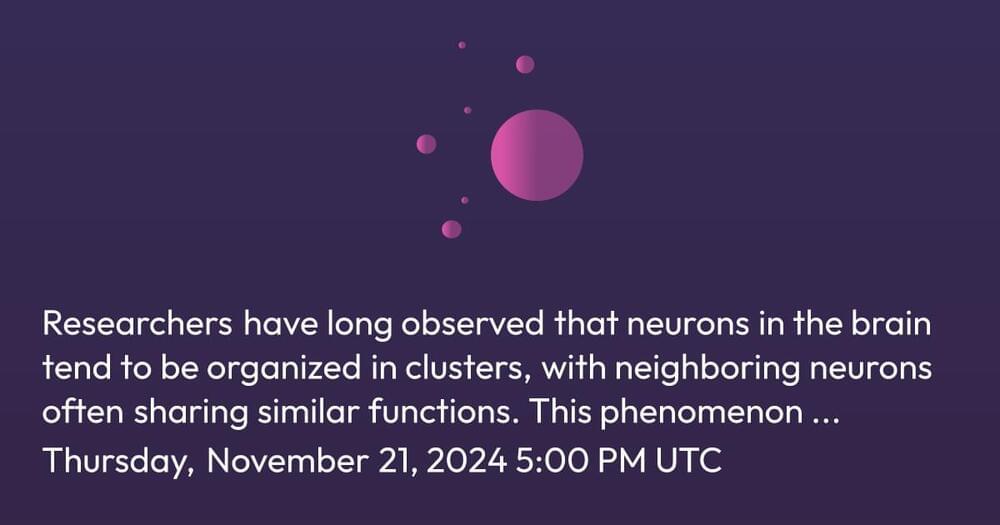Join us at ploutos.dev.
#AI #topology #language #computation #neuroscience
Researchers have long observed that neurons in the brain tend to be organized in clusters, with neighboring neurons often sharing similar functions. This phenomenon is also seen in the brain’s language system, where certain areas respond to different aspects of language, such as syntax (sentence structure) or semantics (meaning). However, the exact mechanisms behind this organization remain a mystery.
In an attempt to better understand how the brain organizes language processing, the researchers developed TopoLM, a new type of AI language model inspired by the brain’s spatial layout. Unlike traditional language models, TopoLM arranges its processing units in a two-dimensional space, mimicking how neurons are arranged in the brain. It combines a standard language task (predicting the next word in a sentence) with an additional goal: encouraging units that are close together in space to also have similar functions, creating clusters of units that process similar linguistic information.
The result is a model whose internal organization closely mirrors the way the human brain organizes language. TopoLM successfully predicts the emergence of clusters in the brain’s language system, reflecting the same fine distinctions between different linguistic features observed in humans. This suggests that the brain’s language processing might be driven by a unified spatial principle, and TopoLM provides a new way to model how our brains process language both functionally and spatially.
Speakers: Cecile Tamura, Johannes Mehrer, Riju Pahwa
